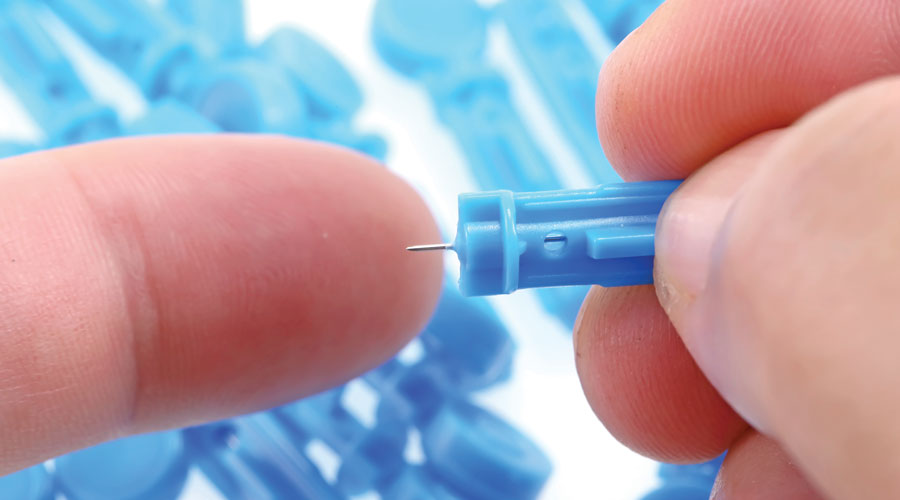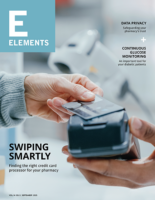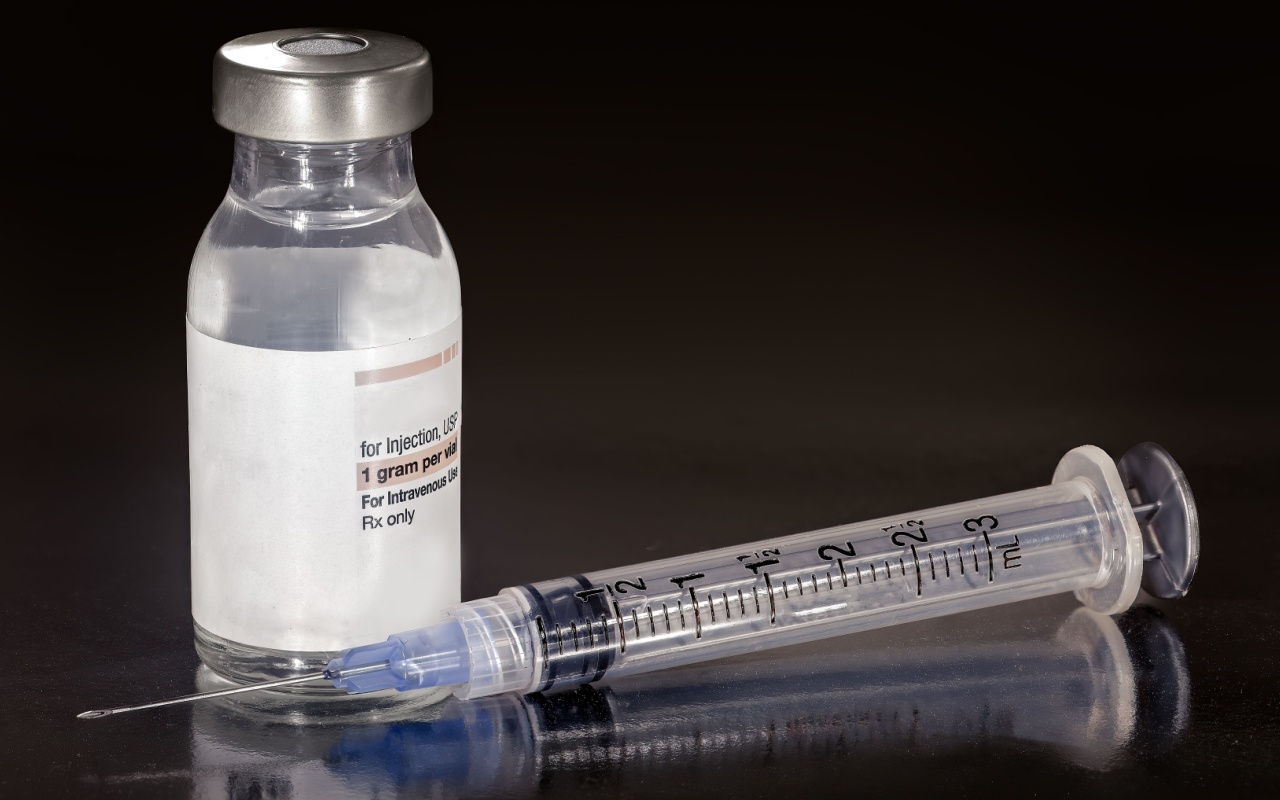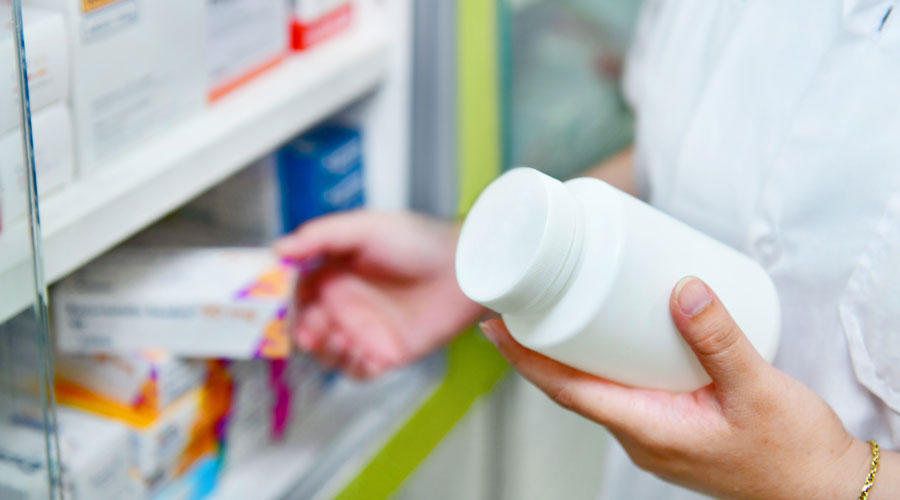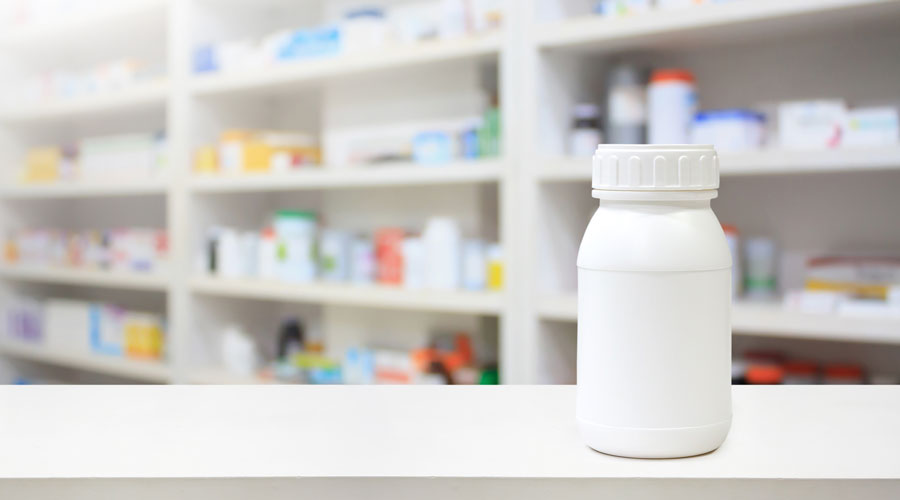Every patient is equally important to you as a pharmacist, but for an independent pharmacy business, patients with certain disease states are more profitable than others.
And few conditions are more profitable than diabetes, largely due to the nature of the disease.
“Typically, a patient with diabetes will visit the pharmacy more often than a person who doesn’t have diabetes,” said Michael Schlanger, senior marketing manager – channel marketing at Nipro Diagnostics, a manufacturer of blood glucose systems and supplementary health and wellness products for people with diabetes. “They fill more prescriptions, and they have more co-morbidities that go hand-in-hand with it.”
Tailoring your pharmacy to address the numerous health issues associated with diabetes isn’t a one-time gain. “Patients are tethered to that pharmacy because of their increased need for interconnected preventative and maintenance-based solutions, and the products you recommend as a pharmacist,” Schlanger said. Focusing on this disease state enables you to help patients and improve your bottom line at the same time.
Invest in education
“Imagine you’re standing in front of the pharmacy shelf as a newly diagnosed person with diabetes,” Schlanger said. “There’s an overwhelming amount of products that are vital to all aspects of diabetic care, and many patients don’t know where to start.”
Part of selling supplementary diabetic products is education.
“You want the patient to understand that there’s more than just blood glucose testing,” he said. “There are multiple facets of care involving a multitude of products that pharmacists can help with.”
“Diabetes is such an invasive condition because it affects how you eat; it affects your skin; it affects your eyes,” Schlanger said. And, addressing these problems requires the right products.
Without proper guidance, patients might select less effective products. For example, reusing a lancet or syringe, which could increase the risk of infection. Or, eating candy, rather than fast-acting glucose products, like tablets, gels, or shots, to raise blood sugar during a hypoglycemic event.
A diabetes destination
To best serve your patients with diabetes, Schlanger recommends providing all diabetes-related products in one central area in your pharmacy.
“Patients want a diabetes destination,” he said. “They’re seeking a very simple section of the store that shows them everything they may need, and that has an education component to it. They don’t want to have to march down multiple aisles throughout the store to get what they need.”
Your diabetes front-end section should clearly define what each individual product is and why patients need it. Also, consider placing educational signage or brochures near related diabetic products. Do this for blood glucose meters, but also do it for fast-acting glucose products, lancets, skin care and foot care.
Your front-end diabetes section can help patients find products that are ideal for them, but patients also need your expertise to make sense of it all.
“Pharmacists tie the products on the shelf together,” Schlanger said.
Meter Features: 5 Features of Diabetes Meters
When it comes to meters, patients are faced with numerous options. How do you know what to tell patients when they ask for a recommendation?
“The key with blood glucose meters is the quality and the value to that consumer,” said Michael Schlanger, senior marketing manager – channel marketing at Nipro Diagnostics. “Every meter has to meet standards set by the Food and Drug Administration (FDA), but beyond that, it’s about what meter best fits the patient’s lifestyle.” Here are a few features to recommend.
1. Ease-of-use
2. Proven accuracy and performance
3. A reputable company to ensure there isn’t a supply chain interruption
4. Event tagging to put blood sugar in context of life events, including exercise, illness, and pre- or post-meal
5. Bluetooth and download capabilities to share data
5 Diabetic Products to Consider Offering
Having a diabetes section in your pharmacy is a start, but pharmacists can take it a step further. Maximize your diabetic product sales by explaining to patients why they need supplementary products beyond meters and test strips. Here are five additional products to stock.
1. Lancets
What they need: A new lancet for every test.
Why: Reduces the risk of infection and pain.
2. Supplements
What they need: A daily fiber supplement.
Why: Adds nutritional support and slows the uptake of sugar into the bloodstream.
3. Skin care products
What they need: A daily deep-moisturizing skin care regimen.
Why: Diabetes can shrink the nerves in the periphery causing the inability to sweat properly, leading to dry or cracked skin that can cause infections and other complications. Also, a daily lotion regimen gets patients in the habit of checking their skin for wounds.
4. Glucose products
What they need: A fast-acting glucose tablet, gel or shot, containing a pre-measured amount of a fast-acting carbohydrate.
Why: It raises blood sugar during a hypoglycemic event without causing a blood sugar spike.
5. Syringes
What they need: A silicone-coated syringe with no surface imperfections, and various gauges and lengths.
Why: A quality syringe ensures a comfortable patient experience, and proper length is key for injecting insulin correctly.

